Gaming VPS Hosting Overview: Power, Performance, & Customization for Gaming Enthusiasts

For serious gamers and server admins; lagging systems, downtime, and lack of control over the overall environment can ruin the gaming experience. This is where Gaming VPS (Virtual Private Server) comes in. Unlike traditional game hosting servers that offer limited flexibility, VPS gives you the freedom with dedicated resources, root access, and full control over […]
VPS Hosting vs Cloud Hosting: Key Differences, Pros, and Which One to Choose
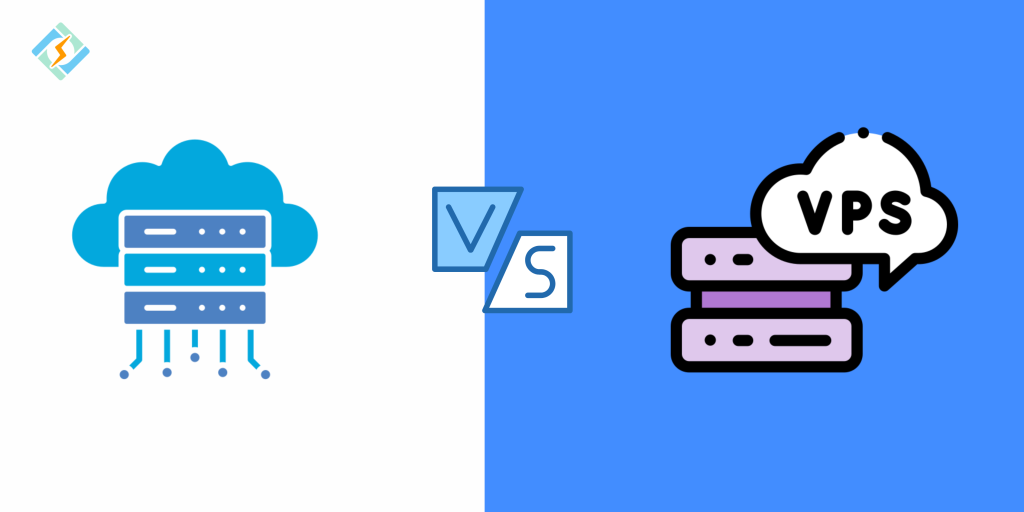
Choosing the right hosting solution can either make or break your website performance, its ability to scale, and hinder long-term growth. Among some of the most popular options are VPS (Virtual Private Server) hosting and cloud hosting, both offer distinct advantages over traditional shared hosting, but serve different purposes. While the VPS hosting provides dedicated […]
How to Run Odoo on Docker: Simplified Setup Using Containers

Odoo is one of the most powerful open-source ERP platforms that is used by almost all businesses, from CRM to inventory to accounting and eCommerce. However, managing Odoo manually is a super complex and time consuming task, especially when you are dealing with dependencies and system configurations. Docker simplifies the entire process by packaging Odoo […]
Understanding WordPress XMLRPC: Risks, Use Cases, and How to Secure It

WordPress XMLRPC is one of the core features of the platform that enables external applications to interact with the site. While it does play an essential role in enabling remote publishing, mobile app access, and other integrations, it also comes with a serious security concern if left unprotected. In this guide, we will walk through […]
How to Run Apache Kafka on Docker: A Step-by-Step Guide
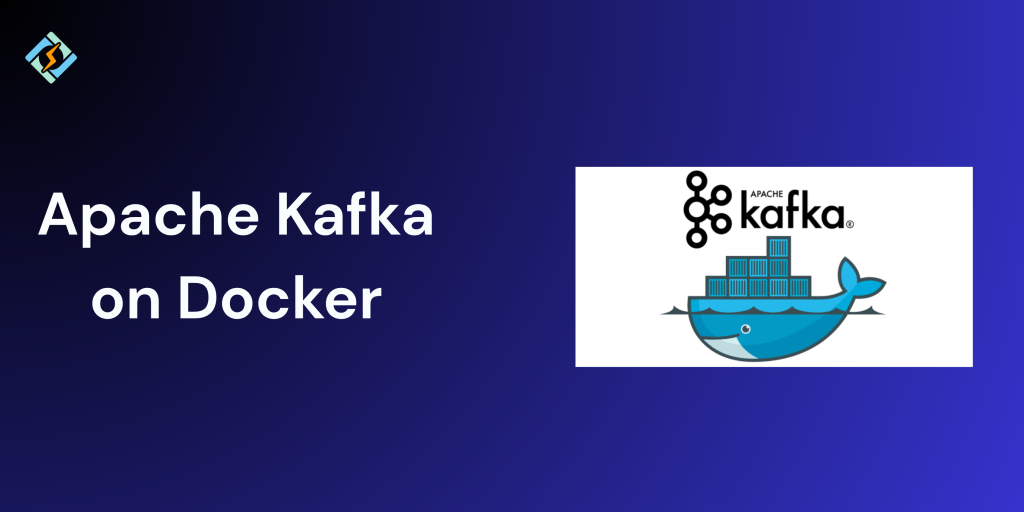
Apache Kafka is a powerful open source platform that is used for building real-time data pipelines and streaming applications. Even though Kafka is highly scalable and fast, setting it up is quite time-consuming. This is where Docker comes in. Running Kafka on Docker simplifies the installation and the configuration process, which makes it easy to […]
VPS Hosting with Ubuntu: Manage Hostnames and Hosts File for Seamless Connections
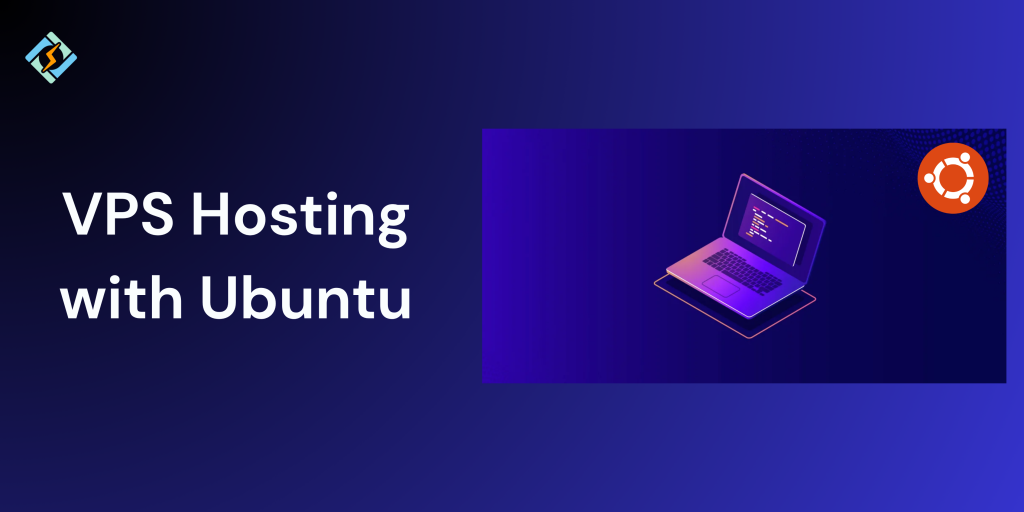
When you are running a VPS hosting with Ubuntu, configuring hostnames and the host file correctly is important for smooth networking, remote access, and internal name resolution. So whether you are setting up a remote connection or customizing your hostname, these tasks are essential for all. In this guide, we will learn about how to […]
GitHub Hosting Guide: How to Host Websites and Projects with GitHub Pages

GitHub is not just a place to save code, it also offers a free and easy way to host websites and project documentation. Using GitHub Pages, you can publish static websites directly from a GitHub repository with just a few clicks. Whether you are building a portfolio for yourself, documenting a site, or product landing […]
What Is a Kubernetes DaemonSet? How to Create and Use DaemonSets Effectively
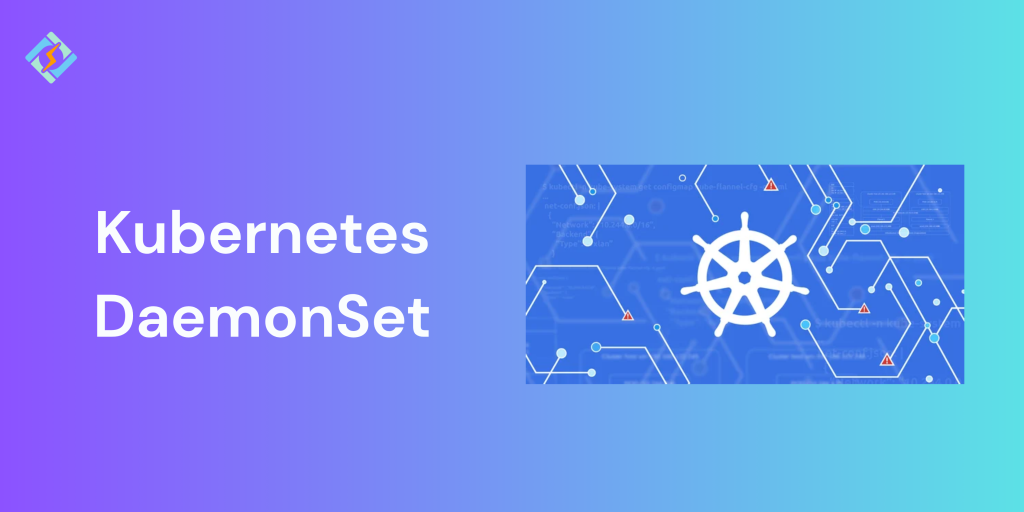
Kubernetes has several ways to run workloads across your clusters, and one of those specialized tools is the Kubernetes DaemonSet. A Daemon set makes sure that a specific pod will run on every nod in your cluster. This makes it an ideal situation for running background system-level services like logging, monitoring, or networking agents. In […]
How to Disable SELinux Safely on Linux Systems

SELinux is Security-Enhanced Linux is a security module that enforces access control policies on a Linux system. SELinux adds an extra layer of protection, it can also interfere with applications, custom scripts, or server configurations. This is where you need to disable SELinux. This guide helps you learn all about SELinux, how it works, how […]
What is RHEL? A Beginner’s Guide to Red Hat Enterprise Linux and Licensing
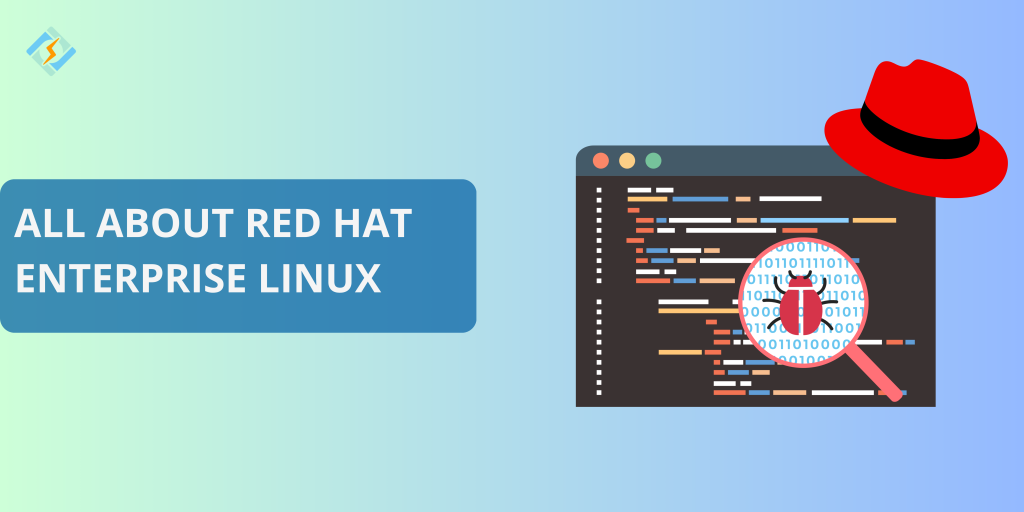
Red Hat Enterprise Linux is an enterprise-level operating system that offers stable delivery, performance, and security for critical business applications. Developed by Red Hat Enterprises, RHEL is an open source software making it a super powerful and flexible choice for the modern IT infrastructure. With its seamless features and long-term support, RHEL is widely used […]
CDK vs Terraform: A Detailed Comparison For Infrastructure Automation

The Amazon Web Services Cloud Development Kit and Terraform are two of the most popular and commonly used Infrastructure as Code tools, but their approach to infrastructure automation is completely different, which can result in different strengths and weaknesses. This guide is a showdown between CDK vs Terraform that will help you determine which approach […]
Kubernetes HostPort: How to Expose Pods on Node Ports with Examples
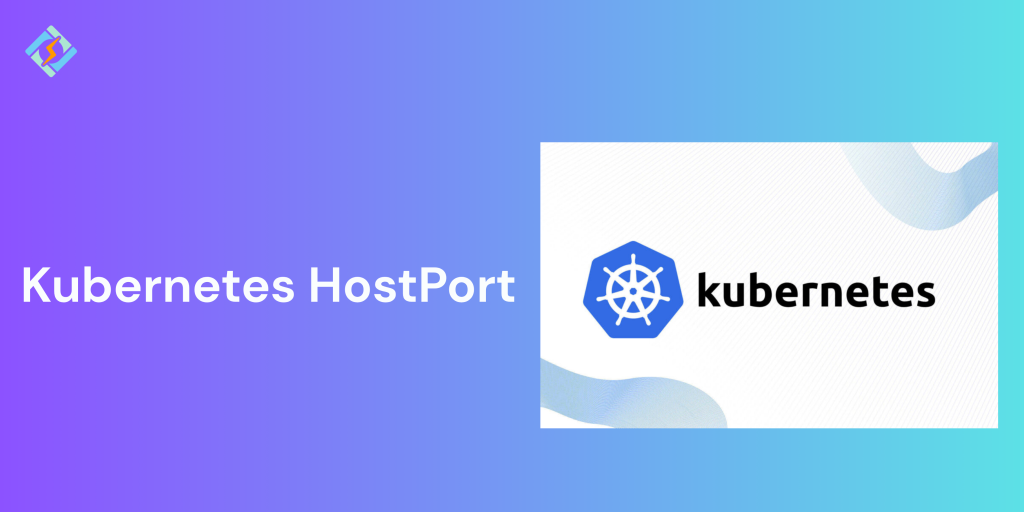
In Kubernetes, exposing applications to users, whether they are internal or external is one of the critical parts of deploying workloads. While you can use services like NodePort, ClusterIP, and LoadBalancer, another method known as Kubernetes HostPort is pretty useful as well. HostPort enables you to bind a container port directly to a specific port […]

